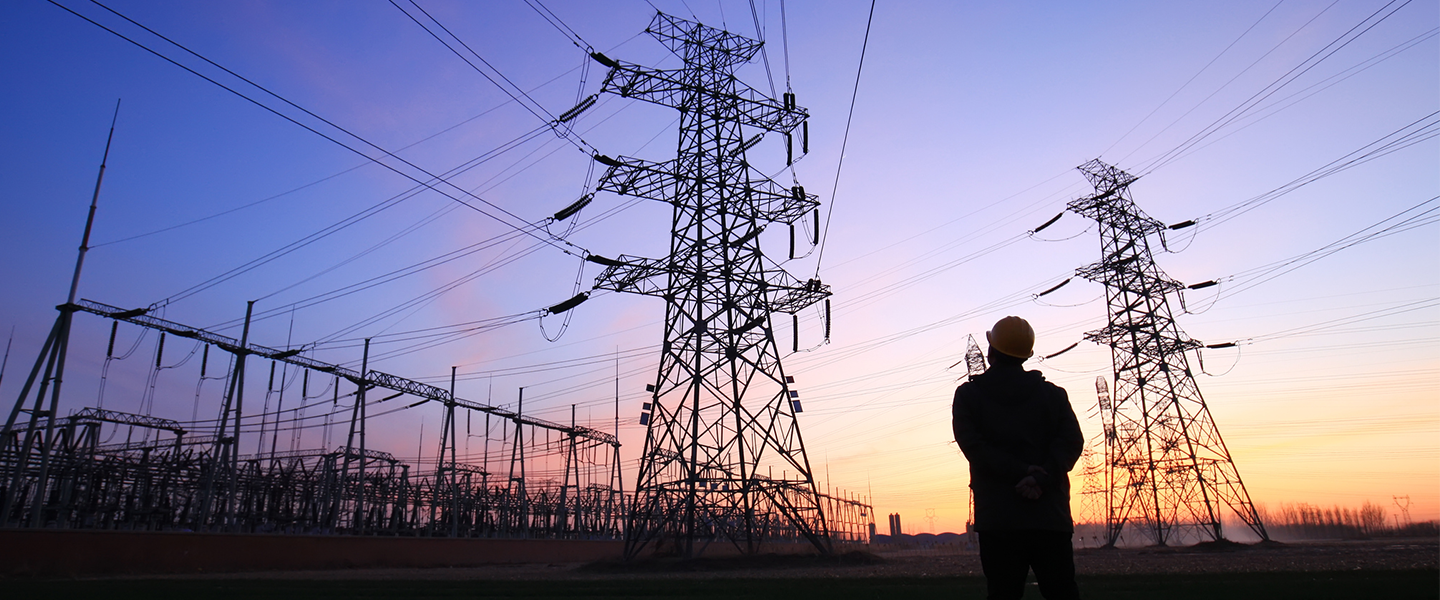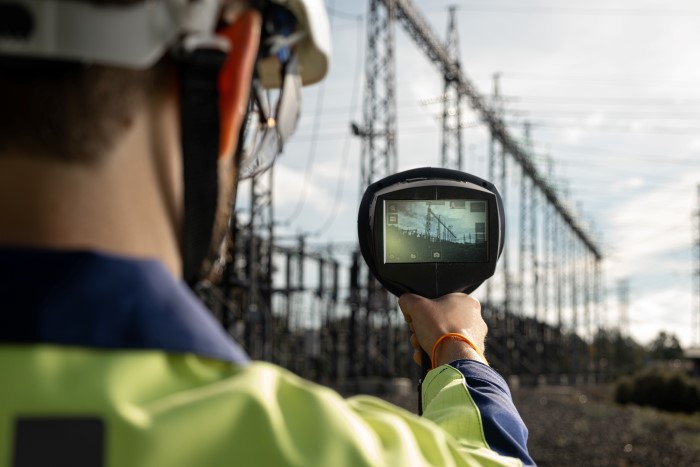Partial Discharge: Who Needs To Detect It And Why?

![]()
Partial discharge that goes undetected can jeopardize the operational safety and continuity of various critical areas in business and society. This article highlights the prevalence of partial discharge and suggests when operatives should focus on early-stage detection.
Partial discharges (PDs) are a significant threat to electrical systems, and it is estimated that they contribute to a significant percentage of electrical failures. Industries like energy generation, transmission and distribution require obvious early-stage detection of partial discharges. Yet in many other industries, the need for early stage detection is less apparent, but it is just as crucial. Have you determined whether the equipment critical to your business is vulnerable to partial discharges? If so, what are the associated risks to your operations, and what is the most effective way to reduce them?
Where and Why Do Partial Discharges Occur?
A partial discharge refers to an insulator's partial failure that can eventually escalate to complete breakdown, resulting in severe problems like power outages and potentially dangerous accidents. All types of insulators: solid, air, gas, vacuum, and liquid, are susceptible to partial discharges. Depending on their location and origin, they are divided into these categories: corona, floating, surface, and internal discharge. Common causes of partial discharges include surface contamination, material, manufacturing, and installation defects, mechanical damages, and wear and tear caused by electrical stress. Simply put, partial discharge is caused by everyday occurrences and is prevalent in any electrical system.

![]()
Which Industries Should Take Note?
Early detection of partial discharge is crucial not only within the energy sector but many other industries as well. These industries include critical infrastructure parts that rely heavily on electrical systems, such as microgrids at airports, hospitals, ports, shopping centers, data centers, electric vehicle chargers, and public buildings. Partial discharges can also disrupt essential systems and equipment in utilities such as water, gas, heating, and telecommunications, affecting our daily lives. Other industries like mining, oil and gas, automotive, aerospace, and manufacturing are also at risk of system failures due to partial discharge.
The consequences of partial discharge can be severe and costly, given its impact on both business and society. For example, in steel manufacturing, where a continuous electricity supply is crucial, power outages caused by deteriorated components can result in unplanned production halts that may cost hundreds of thousands of dollars.
How Does Predictive Maintenance Contribute to Meeting Regulation in the Electric Power Industry?
As interruptions in electricity supply have far-reaching consequences for society as a whole, it is understandable that electricity distribution is strictly regulated through international standards. These include the likes of SAIDI and SAIFI, which compare electrical utilities’ performance reliability and IEC 60270 (ES), IEEE 1434-2014 (NAS), and GB/T 7354-2003 (GB/T7354-2003) (CHS) that monitor partial discharges in different types of electrical equipment, components, and systems.
To maintain high standards of operational safety and prevent critical equipment failures, specialized predictive maintenance equipment is necessary. Sound is often the first indicator of electrical problems, even before components begin to overheat, so we recommend using an acoustic imaging device like the FLIR Si124-PD™. This device detects both sonic and ultrasonic sounds caused by partial discharges, even in noisy industrial environments. By utilizing AI-powered analytics, the device can identify the unique sound of partial discharges, pinpoint their exact location, display the PD pattern, and indicate the strength and stage of the partial discharge. The Si124-PD™ acoustic imaging camera is a highly effective and easily implementable solution that can save time, money, and provide an extra layer of safety in any environment where partial discharges are a concern.